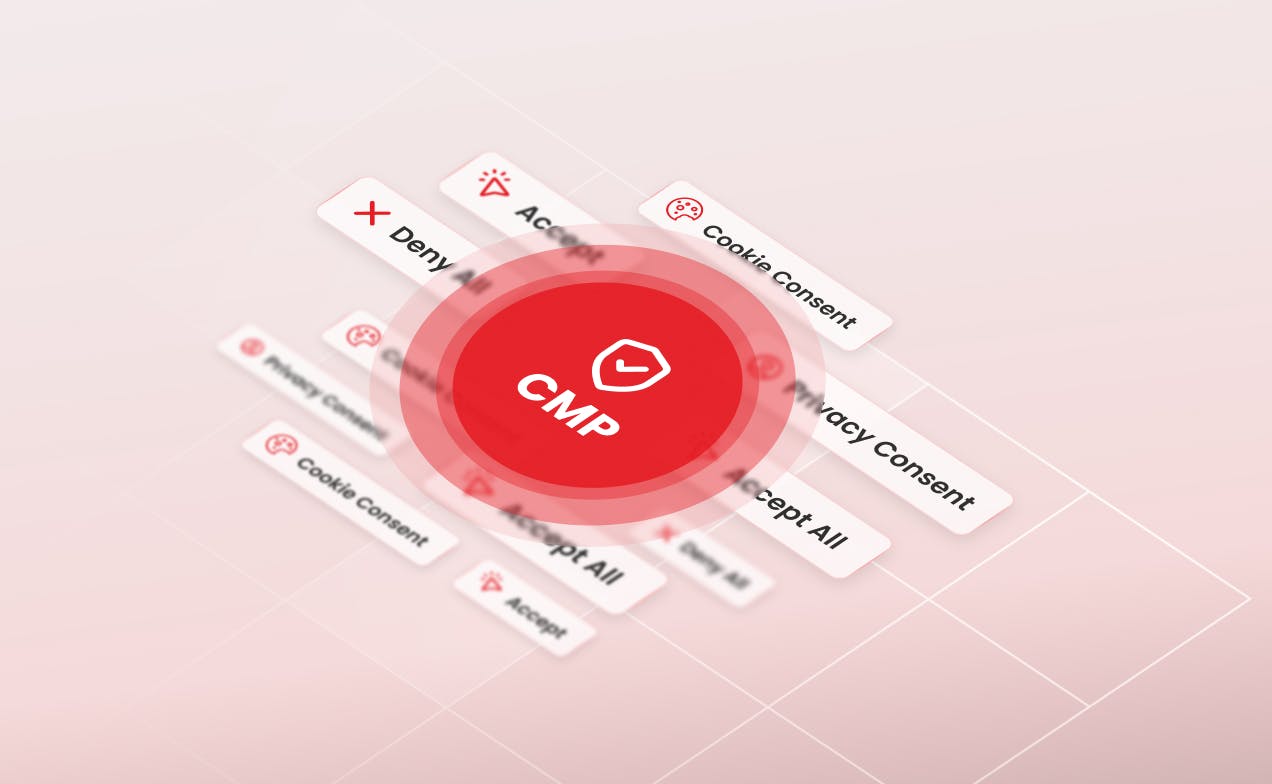
Consent fatigue is rising as users face constant cookie prompts and fragmented privacy laws. Regulators demand fair, simple consent choices, while businesses must balance compliance and marketing. Modern consent management platforms (CMPs) can reduce fatigue by honoring opt-out signals, designing ethical banners, minimizing repetition, and integrating trust-focused privacy practices.
If it feels like the web has turned into a never-ending series of consent prompts, you’re not imagining it. Regulators and courts have tightened expectations, state privacy laws are multiplying, and designers are still figuring out the line between a nudge and a “dark pattern.”
It’s not a new phenomenon, this sense of users feeling tired and overwhelmed by constant requests to consent to cookies. This consent fatigue is not likely to go away, but businesses – juggling complex obligations while still trying to power analytics and advertising – can take action to relieve some of the weariness associated with these requirements.
People are tired — and design makes it worse. Academic and industry research shows that the design of banners heavily steers outcomes: only 17% of sites offered a truly equivalent “reject all” choice in one large 2024 study, and design effects even persist on users’ future choices. That’s not just a UX detail; it’s a trust issue.
Regulators are responding. The UK ICO has told major sites to make “Reject All” as easy as “Accept All,” and France’s CNIL has formally warned publishers over dark-pattern banners that push tracking. The EDPB has also issued guidance to help designers avoid deceptive patterns.
The US is fragmented — but opt-out signals can calm the storm. A growing list of states now require businesses to honor universal opt-out mechanisms (UOOM) like Global Privacy Control (GPC). As of July 1, 2025, at least ten states (including CA, CO, CT, DE, MT, NE, NH, NJ, OR, TX) require recognition of these signals, with MN and MD joining in July and October 2025 respectively. California already enforced against Sephora for failing to honor GPC.
Meanwhile in Europe, the ad ecosystem is recalibrating around the IAB Transparency & Consent Framework (TCF). A 2024 CJEU judgment and a 2025 Belgian Market Court ruling clarified IAB Europe’s role and the status of TC strings as personal data, nudging the market toward clearer accountability without dismantling consent signals altogether.
The phenomenon isn’t just anecdotal. Recent peer-reviewed work links privacy fatigue to feelings of detachment and “giving up,” which can paradoxically lead users to share more than they wanted — exactly the opposite of meaningful, informed consent. Studies in 2024–2025 model who is most at risk of fatigue and show how repeated, complex choices drive this disengagement.
On the flip side, when users are informed and empowered, trust rises, which helps revenue. Cisco’s 2024–2025 benchmark studies report that most organizations see privacy as an enabler of customer trust and growth, and consumers say privacy practices influence purchase decisions.
A modern CMP isn’t just a cookie banner. It’s a policy and orchestration layer that decides when, what, and how to ask — and what gets activated downstream. Here’s how to use it to lighten the cognitive load while keeping your data strategy viable.
Honor automatic signals to avoid unnecessary prompts
Configure your CMP to detect and automatically apply UOOM/GPC where required, suppressing pop-ups for those users and logging the choice. This reduces clicks, improves UX, and keeps you onside with state laws and enforcers. Bonus: public commitments to honor GPC globally can simplify your logic even beyond mandated states.
Make the first layer a fair choice
Design first-layer consent with equivalent Accept All / Reject All controls, clear purpose labels, and a direct path to granular choices. This aligns with ICO and CNIL expectations and cuts the back-and-forth that fuels fatigue.
Reduce repetition with smart frequency and scope
Use the CMP’s frequency capping and storage duration settings to avoid re-prompting within reasonable windows or when nothing material changed. Respect platform-level choices (e.g., OS/browser restrictions) and don’t show consent UI where you’re only using strictly necessary cookies.
Geo and purpose-aware policies
Map banner behavior to jurisdiction and purpose. For EU/UK, consent for non-essential cookies; for many US states, provide clear opt-out for targeted advertising and sale/share; for UOOM states, auto-apply signals. Your CMP should orchestrate this per-region logic so teams aren’t hardcoding.
Integrate with ad/analytics stacks the right way
Gate tags and SDKs behind consent signals; synchronize decisions to Google, Meta, programmatic partners, CDPs, and data lakes. In Europe, ensure your CMP and ad stack support IAB TCF v2.2 (and keep updated as rulings evolve) so vendors receive standardized, auditable signals.
Preference centers, not just pop-ups
Offer a preference center linked in the footer/app menu so people can manage choices anytime. This also lets you collect marketing-useful preferences (channels, topics, frequency) alongside legal consents. Analyst coverage of consent and preference management frames this as a marketing and compliance capability, not just a notice.
Design ethically — it converts better long-term
Research shows design strongly influences outcomes; regulators scrutinize deceptive patterns. Use clear hierarchies, consistent button treatments, accessible contrast/keyboard navigation, and purpose copy that explains value. Ethically optimized banners tend to reduce bounce and complaints, and the effect persists beyond the first visit.
Log everything
Your CMP should maintain immutable consent receipts, including versioned disclosures, device/user identifiers, timestamps, legal basis, UOOM/GPC detection, and proof of signal propagation. CNIL’s enforcement figures and the Sephora case show the stakes when records are missing or signals ignored.
Consent fatigue isn’t going away on its own. But it can be reduced by asking less, asking better, and honoring the choices people already made — all while keeping analytics and advertising on solid legal ground.
The combination of fair first-layer design (ICO/CNIL), standardized signaling (IAB TCF), and automatic respect for UOOM/GPC (US states) is the practical path forward — and a modern CMP is the control tower that makes it feasible at scale.
Treat consent as a customer experience problem with regulatory consequences, not the other way around.